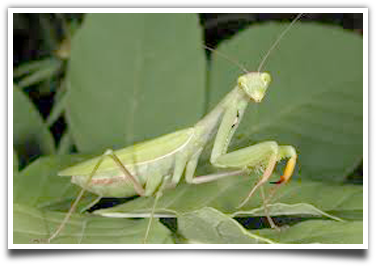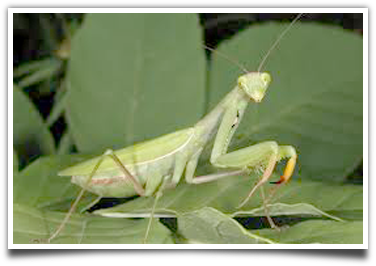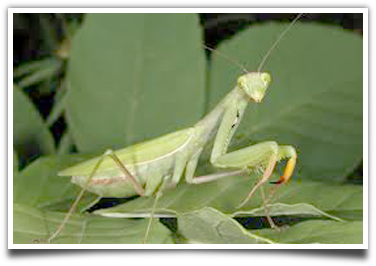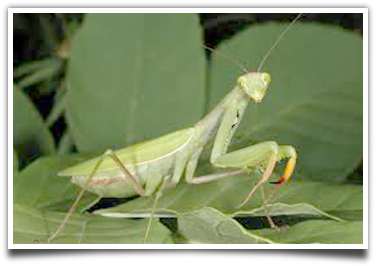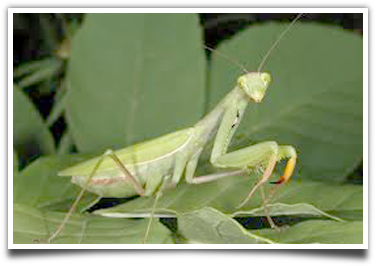Catching a Praying Mantis
The praying mantis is a master of both ambush and camouflage. This silent type of insect patiently waits for its next meal and usually blends in with surrounding leaves and/or flowers completely. The insect’s spiny and long frontlegs are generally strong and can instantly grasp prey and then hold on to it. Although a praying mantis can be easily caught, you must catch it cautiously. The legs of this insect have the tendency to poke and then cause a hand or a finger to feel slight pain. However, the good news is that the praying mantis does not bite human beings.
When considering catching a praying mantis, you must first look for one. Woody plants and flowering shrubs are commonly home to these insects. The search may take time, because they effectively camouflage and don’t move a lot because they are ambush predators.
Now, gently pick the praying mantis up around the abdomen or thorax, avoiding tight squeezing. Do not put your fingers close to the forelegs so that you will not be pinched by the insect. Put the insect into a transparent container to view it. This container could be an empty sandwich spread bottle with the labels removed. Cover the bottle with a lid that has multiple small holes in it to enable the insect to breathe while inside the container.
|
Praying Mantis as Beneficial Insect
Praying mantises play an important role in the environment and to the ecosystem. They are very important and beneficial to farmers since they feed on pests, hence, controlling the growth of their population and preventing any harm that they can cause on the crops as well as to the plants at home. However, one of the unappealing praying mantis facts is that, being predators, they also tend to feed on their own kind. When you look at praying mantis on More... Why Teach Praying Mantis Facts to Farmers
Farmers are always faced with continuous problems about pests and insects destroying their crops. This is really a big problem if it is not controlled since their crops are their main source of livelihood and income. Most farmers would use insecticides but the government is controlling the use of pesticides due to the possible effects of these chemicals to the crops. For this reason, it will be very useful if farmers are taught about praying mantis facts. Praying mantises are More... Taming a Praying Mantis
In order to start taming a praying mantis, put your hand open at the door of the cage to allow the praying mantis to walk onto your palm. You must avoid picking the mantis up or grabbing it. Instead, simply let this insect climb into your hand. This way, the praying mantis is caused to think that your hand is a safe place to get in. If the insect is not willing to go to your hand, put a tiny More... Praying Mantis Facts about their Eggs
Just like most other insect species, the praying mantises also reproduce through hatching eggs. Many farmers and gardeners take note of praying mantis facts about their eggs especially if they plan on using these mantises as a natural form of pest control. When praying mantises release eggs, the eggs are enclosed in a case and farmers call this a mantis egg case. Egg cases of praying mantises can be sold to other farmers and gardeners. When the praying mantis lays More... Pest Control Praying Mantis
When it comes to taking care of gardens and farms, pest control is always a crucial part of the process because pests can damage most of your plants or crops. There are numerous ways on how you can control pests but a natural and organic pest control method is through the use of praying mantises. Learning about praying mantis facts will be necessary to farmers and gardeners who would want to engage in this type of process. Praying mantises are More...
|
